If you’re a parent or teacher, you’ve probably already witnessed the transformative effect that a pirate’s eye-patch, cape, or crown can have on a child. In an instant, they go from being your child to a swashbuckling hero - all thanks to dressing up!
Children throughout the ages have enjoyed dressing up in costumes and engaging in dramatic roleplaying. The creative process of trying on different hats - literally and figuratively - helps children develop storytelling and benefit them cognitively, physically, socially and emotionally.
And perhaps most importantly, kids dress up play is always fun for children (and parents) to watch.
Here are 10 developmental benefits of kids dress up play.

Brain Building
It’s hard not to smile when you witness your child mimic your behavior or words. These are their first forays into “acting”. Kids dress up play engages a child’s brain and memory and dramatic play requires kids to remember what they’ve seen or heard.
Vocabulary Building
When a child steps into a role, they imagine what the character they are playing would say. This helps them stretch their mind and gives them a chance to expand their vocabularies with words and phrases that they might have heard in stories, but wouldn’t ordinarily use. Role playing helps them to be more creative and try using words in brand new ways.
Problem-Solving
Engaging in kids dress up play can force them to make tough decisions. Who gets to be the pirate? Who is a forest fairy? These conversations help kids practice problem-solving problems when deciding on what costumes elements and props each character needs to act out a scenario.

Empathy
We know that playing with dolls helps create and increase empathy. Kids dress up play also helps a child practice nurturing skills – whether pretending to be a doctor taking care of an injured patient, or a firefighter putting out a fire. Dramatic play and kids dress up play helps children understand the role that helpers play in in our lives.
Emotional Development
Children process their fears through play, which helps them make sense of the world, and overcome their feelings of helplessness. Allowing your children to act out these scenarios through kids dress up play helps them learn real-life coping skills and learn through play how to deal with tough situations.
Motor Skills
When children engage in role-play, they have to act the part. This often means jumping like a monkey, leaping like a ballerina or dashing off to rescue someone like a firefighter. They also develop fine motor skills by putting on dress-up clothes, whether buttoning a shirt, zipping up pants, or tying on a pirate’s bandana.
Gender Exploration
Dress up allows kids to explore characters outside of traditional gender norms. Here everyone can take on a dragon as a knight, or have the princess dress of their dreams. Creativity flows when children are allowed to explore costumes and characters without being limited by stereotypical gender roles.

Imitation
Children learn about the world by imitating the lives of the adults and others around them. Through kids dress up play and dramatic role-play, children explore the lives of other people by imitating their actions, feelings and words. It is both endearing and often fun for you as the parents to watch.
Socialization
Kids dress-up play encourages cooperation and taking turns. Children learn how to negotiate as they agree on stories and rules. Plus they have to often share the most sought-after role-play pieces and work on learning how to give-and-take.
Imagination
When children engage in dress-up play, their imaginations are given free reign. There is no limit to who, where, or what they can be. Rudolf Steiner, the founder of Waldorf education, believed that imaginative play in early childhood is the key to creative thinking during the adult years.
A child’s imagination is absolutely limitless so allow them to flex those creative muscles using dress-up.
Here’s a list of recommended items to include in your child’s dress-up basket:
- Play Silks can become capes, veils, a pirate’s head band, a belt, or a baby blanket.
- An elastic waist Fairy Tutu Skirt can become a fancy dress or a veil when worn on the head.
- Capres like our Robin Hood costume which can change into all kinds of characters.
- Sunglasses, long gloves, strands of beads, and headbands add glamour.
- Hats of all kinds– a cowboy hat, a fedora, a Robin Hood hat, a tall cone-shaped princess hat.
- Some form of wings - fairy wings, firefly wings, or butterfly wings
- A chef’s hat and child-sized apron.
- A doctor’s scrubs, and face mask.
And don’t forget to add your child’s Halloween costumes to the basket when the holiday has passed!
What items are in your child’s dress-up collection? Please add your suggestions in the comments below!






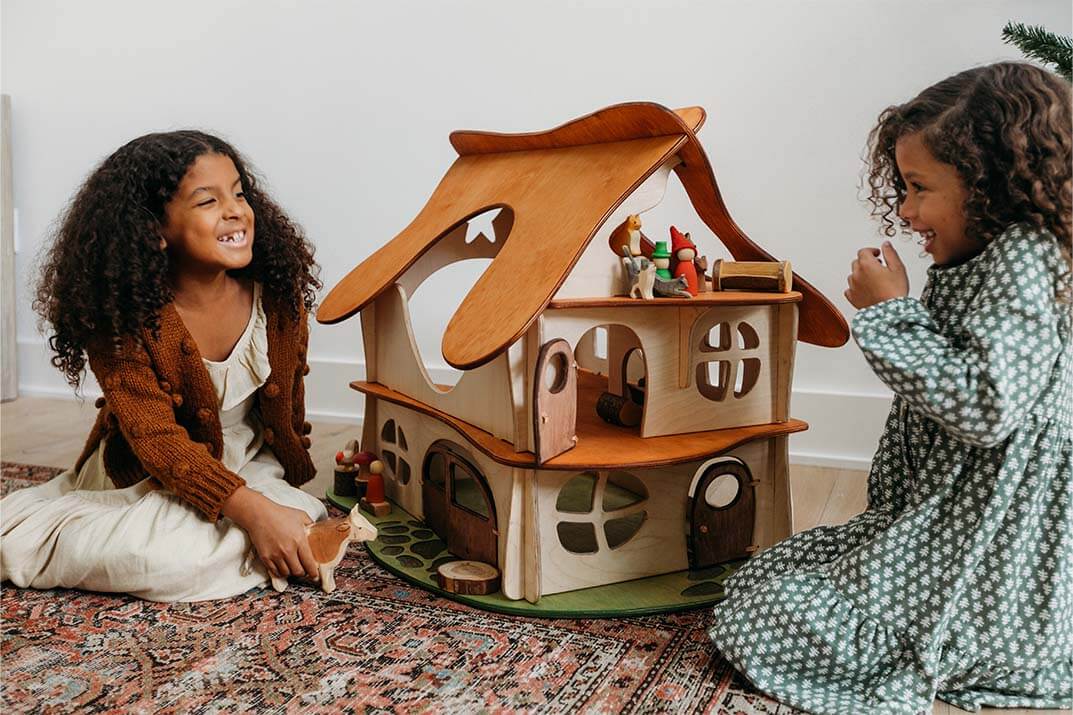


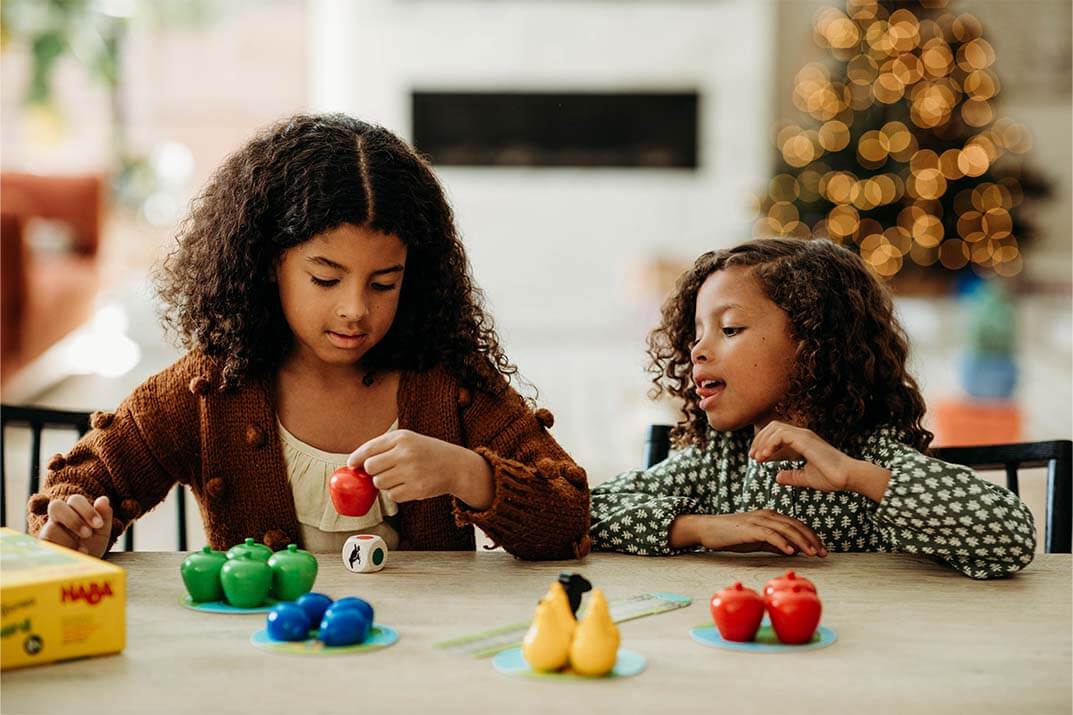








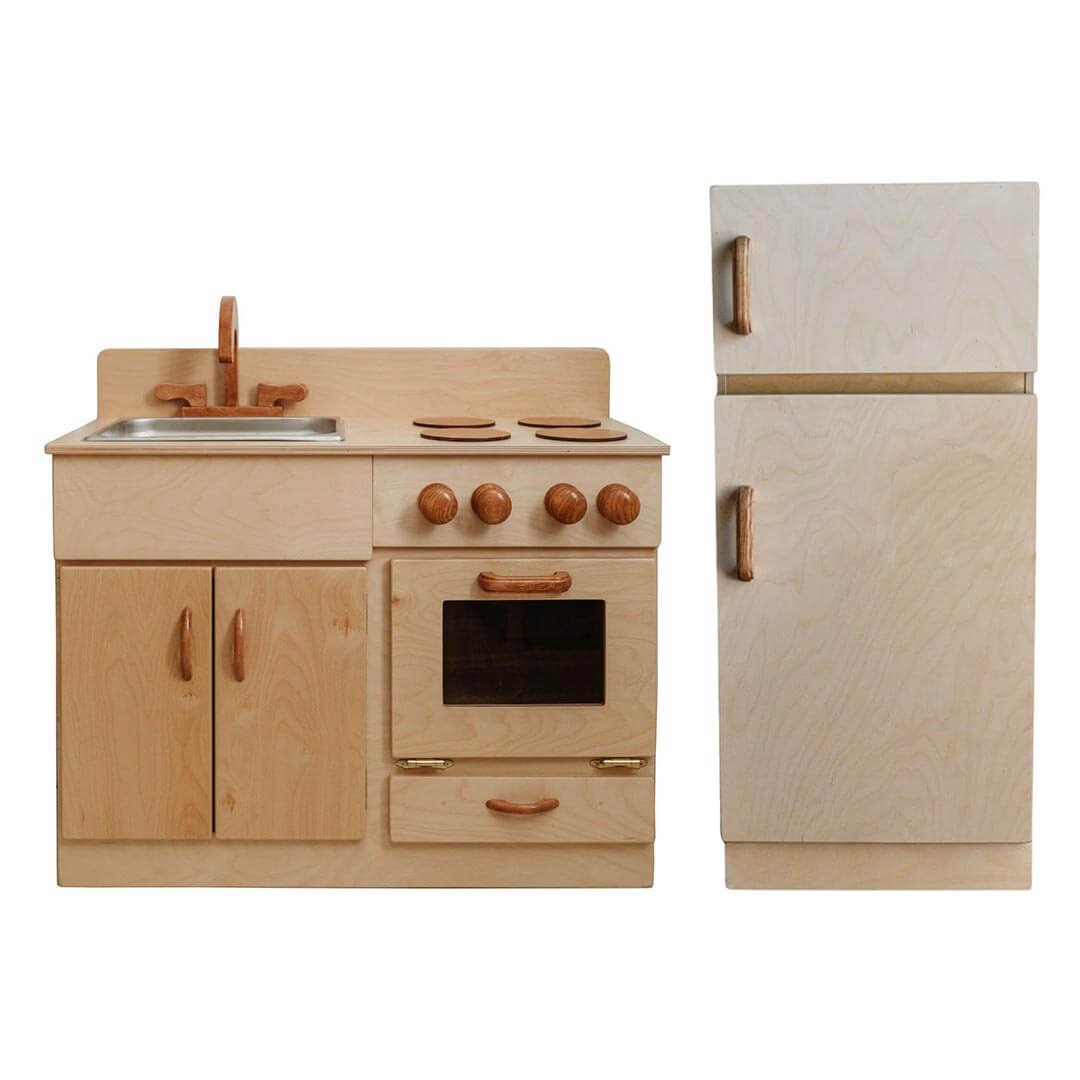



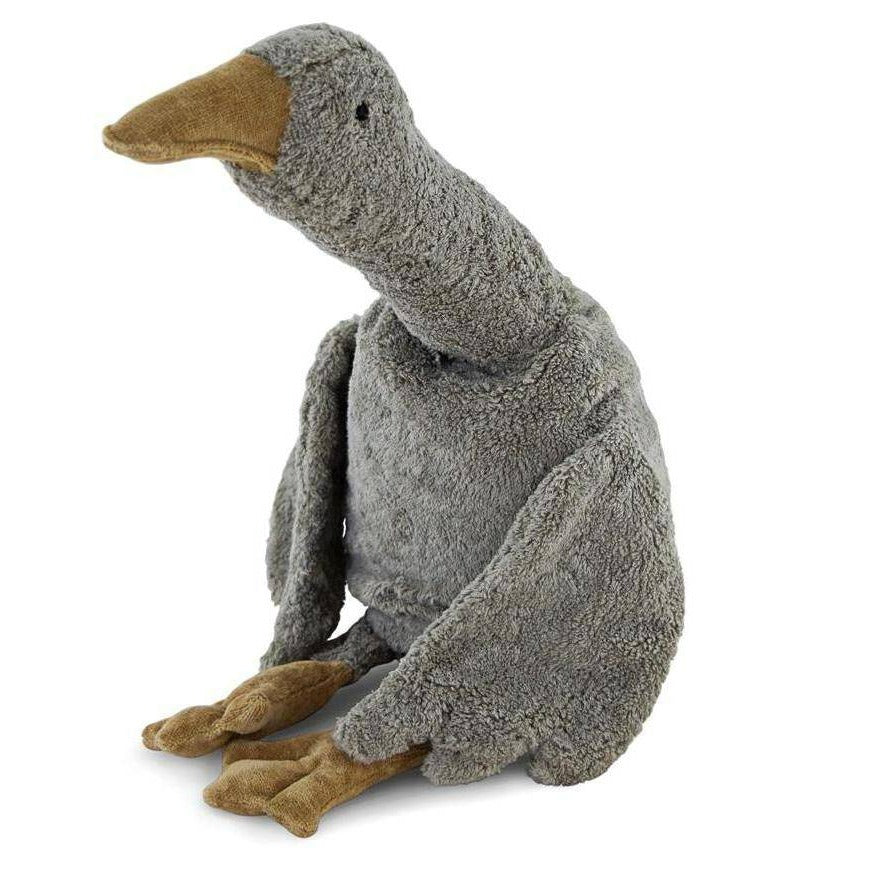
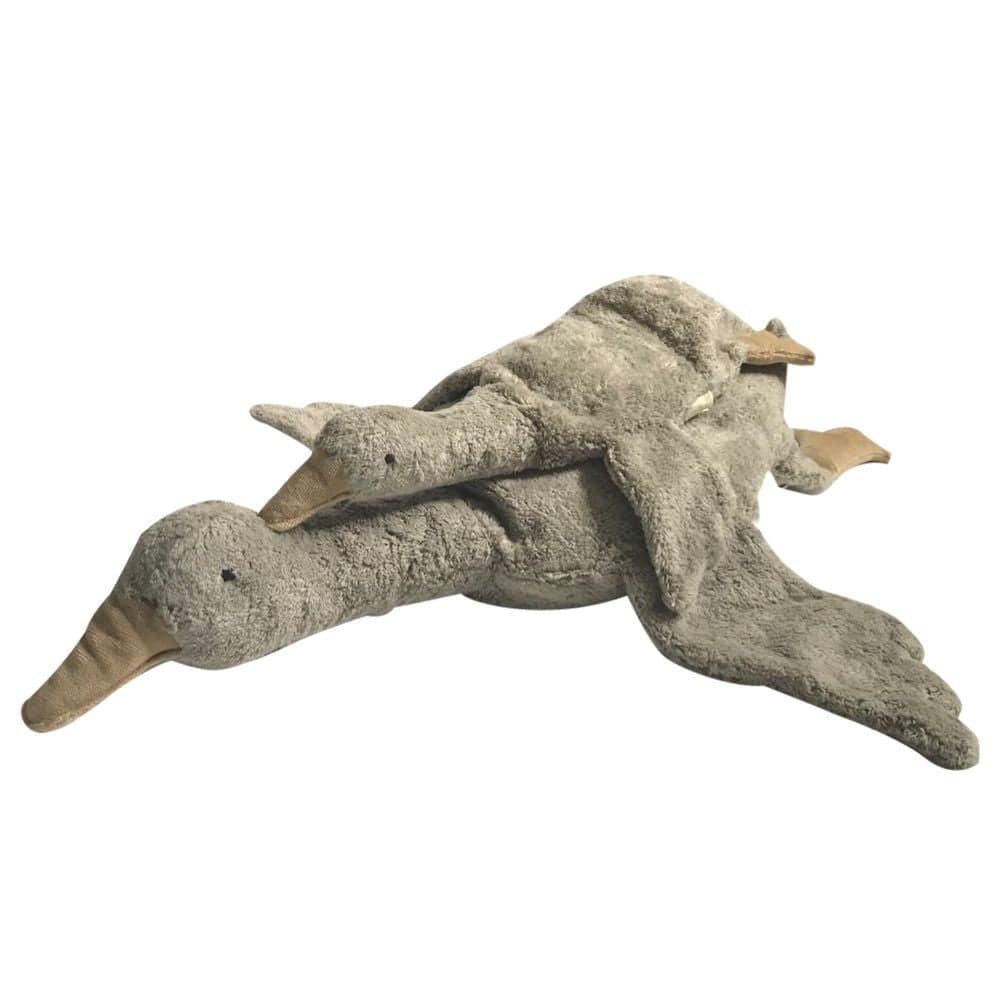



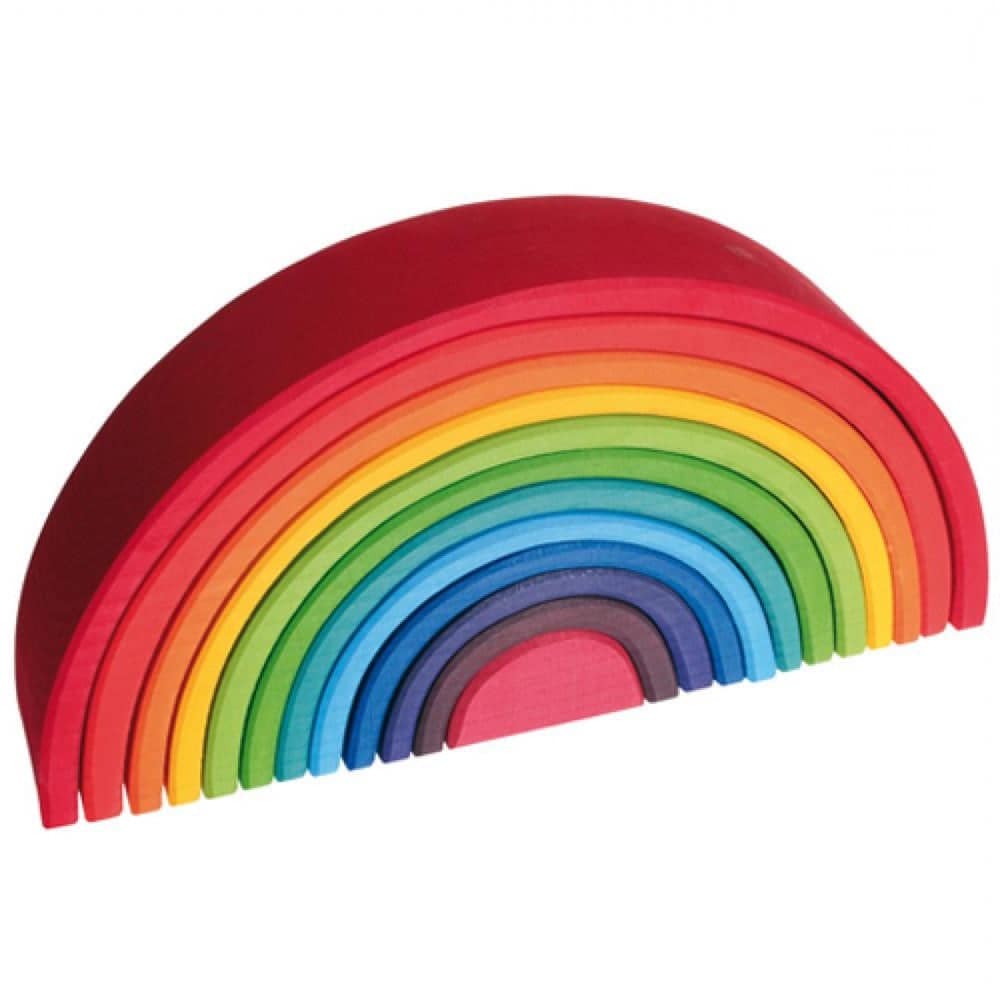
Leave a comment